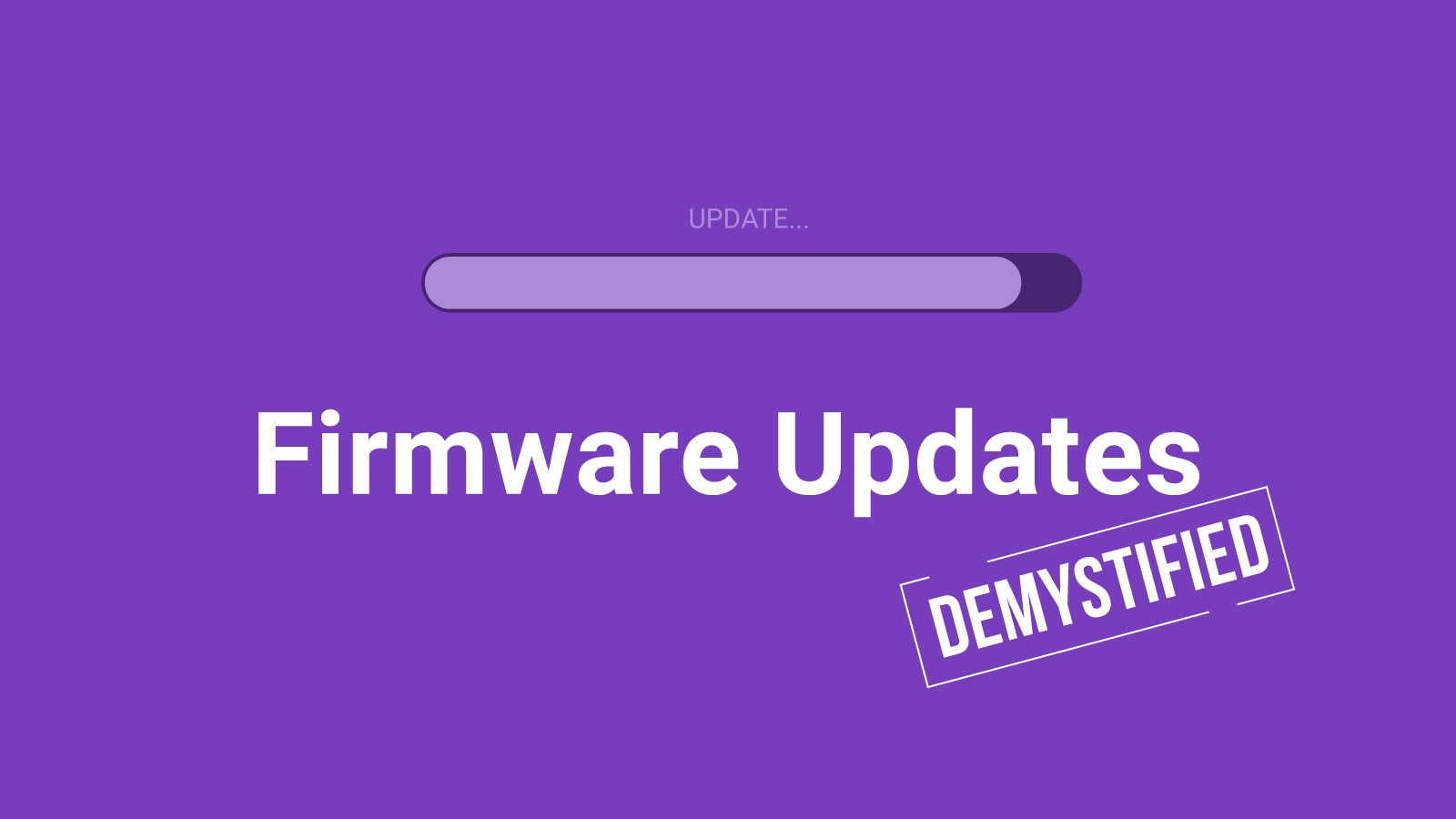Remote Firmware Updates for IoT Devices
As more and more resource-constrained IoT devices are being deployed, firmware updates over the air (FOTA) are becoming increasingly important. As physical access is often expensive, or even impossible to realize when operating large deployments in remote, hard-to-reach locations, FOTA provides a way to fix bugs, patch security vulnerabilities, or add functionality throughout the lifespan of a connected device.
Lightweight M2M (LwM2M) defines the process for remote firmware updates in detail. When following the standardized guidelines provided by the protocol, updating the firmware of resource-constrained devices remotely can be accomplished effortlessly, regardless of the device or platform used. [1]

Figure 1. Remote Firmware Updates for IoT Devices
Remote Firmware Updates for IoT Devices is shown in figure 1. As you might guess from the name, over-the-air updates are any updates that are delivered and installed wirelessly. In the IoT context, OTA firmware updates refer to the wireless distribution of upgraded firmware to all devices embedded into an IoT system. Delivering smart updates is a centralized process that can be enabled via a remote control unit or an admin panel.
Once a new version of firmware is released, it is deployed on a cloud-based server (firmware repository) and becomes available for all customer devices by default. Optionally, the customer may also select a specific firmware version and make it accessible to a limited number of devices (filtered by type, location, or other parameters). The updates are sent to the target devices via cellular or Wi-Fi connection. [2]
The firmware allows the device to work properly, to store data, and to communicate with ease with other devices.
A firmware also is important because it allows communication or integration with new devices that enter the market, as well as applications and software.
Benefits of firmware updates
Firmware can be updated, and it is necessary for many reasons. When you update a firmware, you are improving the performance of your device, or probably adding new features, fixing bugs, extending the compatibility with more products, and enhancing its security.
Let’s say a microprocessor has been presenting problems to work properly under certain circumstances, such as high temperature of the device, or when it has been turned on for a long period of time.
If the firmware development company identifies these issues, they can release a new firmware update that helps the microprocessor to respond better to high temperature situations, or to a long usage of the device.
On the other hand, with the growth of IoT devices in the market, there are now new systems that connect with different products, and they probably use new protocols, technologies, or interfaces. In this case, it would be necessary to check if the installed firmware in any of those devices is compatible with the new technologies, and make sure they are easy to connect and work together.
No one wants a product that is obsolete, then, companies constantly look for new ways to maintain their products updated. And a way to do that is through firmware updates.[3]
References:
- https://www.avsystem.com/blog/remote-firmware-updates-for-iot-devices/
- https://www.iotforall.com/over-the-air-firmware-updates-in-iot
- https://www.deepseadev.com/en/blog/what-is-firmware-update
Cite this article:
Gokula Nandhini K (2023), Remote Firmware Updates for IoT Devices, AnaTechMaz, pp. 264















